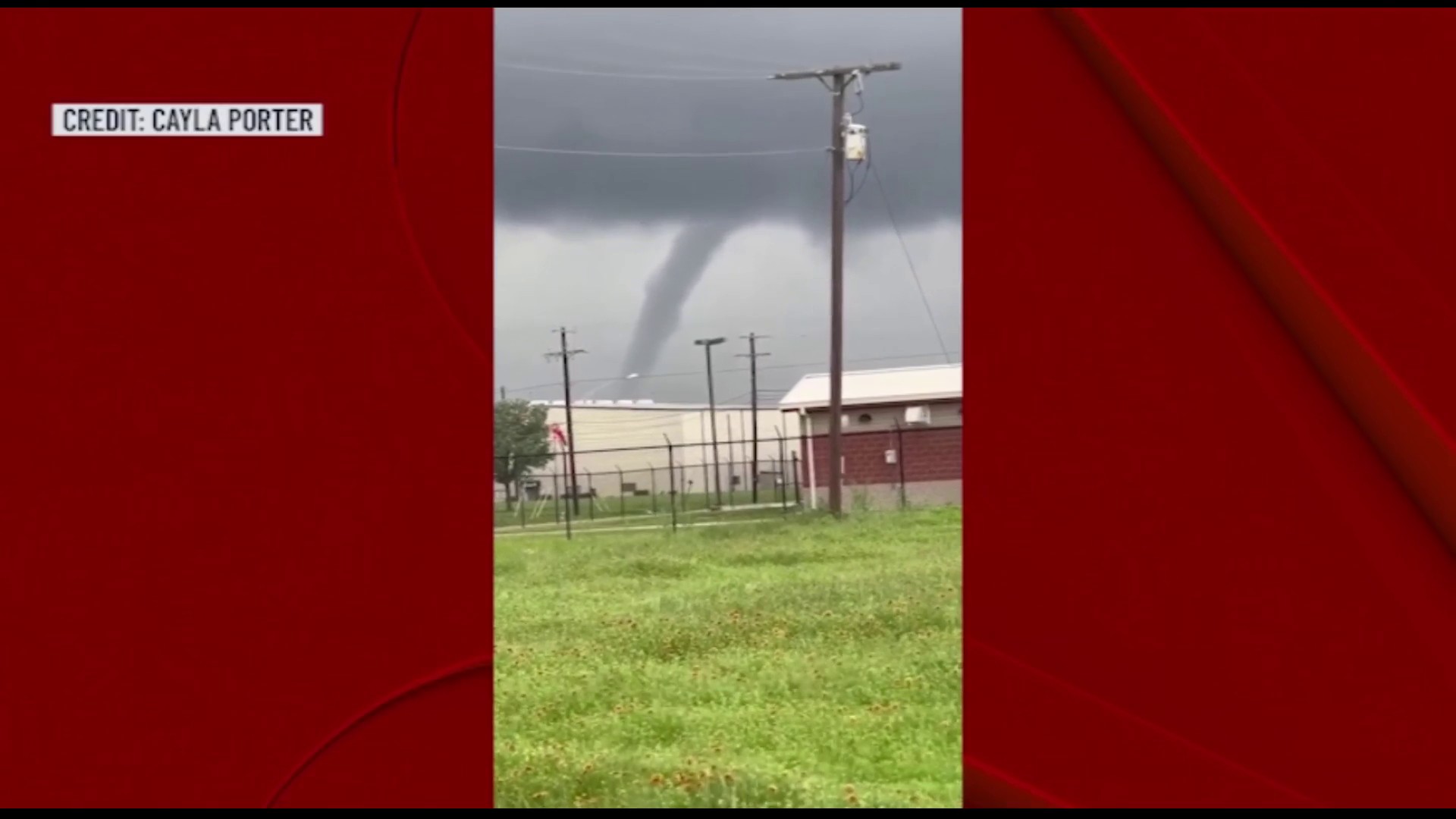Massive fault lines run deep underground directly beneath Dallas/Fort Worth International Airport, Dallas Love Field and the city's medical district, NBC 5 has learned.
A new report from NBC 5's media partners at The Dallas Morning News reveals that these fault lines have the potential to create a 6.0- to 7.0-magnitude earthquake, which would cause widespread damage and serious injuries.
There have been dozens of small earthquakes in North Texas over the last three years, nearly all of them have been a 3.0-magnitude or weaker, meaning there's little risk to human life or property.
Many of the quakes' epicenters have been in the empty lot near the former site of Cowboys Stadium off State Highway 114 in Irving; while the towns of Azle and Reno have also been rocked by multiple quakes.
There's no evidence this massive fault line lying miles beneath Dallas is active. Experts, though, want to know if smaller earthquakes in Irving can trigger seismic activity.
"Right now there's no evidence that the major faults on the map are active, but scientists need to learn more about them and hope to learn more about them," Anna Kuchment, science reporter with The Dallas Morning News.
Exxon Mobile's own research teams uncovered the Dallas underground fractures. It's proprietary information, but researchers shared it with the state railroad commission recently to try and show the volume of fault lines that run through North Texas.
Local
The latest news from around North Texas.
"They made the argument that the faults in our area have been active throughout geologic time," Kuchment said.
One large fault line is nicknamed the "Big D Fault." It's a 14-mile long fracture within the earth's crust that largely follows Harry Hines Boulevard, from Love Field through the medical district and into Southwest Dallas.
Many brand new hospitals and medical facilities sit on top of the fault line, meaning any quake there could have devastating results.
"Most of these faults are dead and pose absolutely no danger whatsoever. But what's important is if our earthquakes continue, it's important for scientists to keep studying and get the raw data behind the fault map and what it means for the future," Kuchment said.
Rusty's Tacos sits along Harry Hines Boulevard near UT Southwestern Medical Center and Parkland Memorial Hospital, above the "Big D Fault" line. Restaurant general manager West Mabry said he's not too concerned.
"I'm not going to worry about it. I'm just going to make tacos and go about my day," he said.
But Mabry added he's shocked that such a large fault line exists at all.
"It's surprising to me because I wouldn't think a earthquake fault line could be close to all the buildings and stuff. That's shocking," he said, adding that there are many hospitals filled with sick patients nearby.
"Everyone trying to get care and stuff, and if something happens that's an alarming number of people to have to get to and help," he said. "That's a disaster I wouldn't want to deal with."
"In 2011 there was a 5.6-magnitude earthquake tied to oil and gas activity in Prague, Oklahoma, and that destroyed 14 homes and injured at least two people," Kuchment said.
The seismology team at Southern Methodist University read the report and released the following statement to NBC 5:
"The earth's crust records millions of years of plate motion. Basins, like the Fort Worth Basin, naturally contain hundreds of ancient faults that record plate interactions and stresses over geologic history, most of which are no longer active. The fault map published in the Dallas Morning News represents one interpretation of the faults in the basin, and illustrates this point. Since 2008, some of these faults have generated small earthquakes, and fault maps provide important additional information to understand seismic hazard and risk in our area. SMU continues to monitor seismicity in the area using approximately 30 seismic sensors that feed data directly to the United States Geological Survey."



